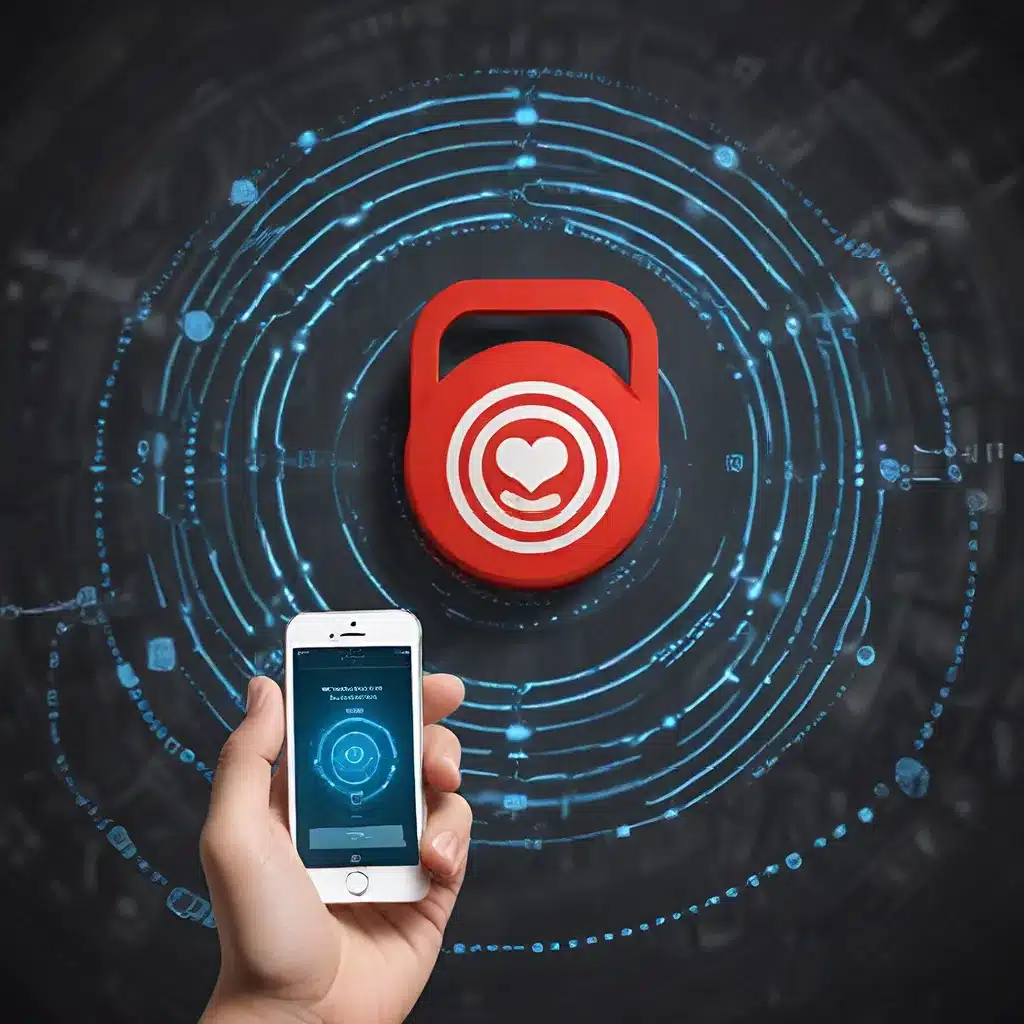
The Evolving IoT Security Landscape
The proliferation of the Internet of Things (IoT) has transformed how we interact with the world around us. From smart homes and connected vehicles to industrial automation and healthcare monitoring, IoT devices have become ubiquitous in our daily lives. However, this rapid expansion has also introduced a concerning rise in security vulnerabilities, as IoT systems often lack robust authentication and access control measures.
To address these challenges, researchers and industry leaders have turned to RFID (Radio Frequency Identification) and NFC (Near-Field Communication) technologies, combined with the power of blockchain, to develop innovative authentication strategies for the IoT landscape. This article delves into the critical role of these technologies in enhancing IoT security and explores the practical applications that are shaping the future of secure IoT ecosystems.
RFID and NFC: Foundations for IoT Authentication
At the heart of IoT authentication lie RFID and NFC. These wireless communication technologies enable secure identification, data exchange, and access control between IoT devices and their associated systems.
RFID utilizes radio frequency signals to transmit data between a tag (attached to an object) and a reader. This technology allows for contactless identification and tracking, making it a popular choice for applications such as supply chain management, asset tracking, and access control.
NFC, on the other hand, is a short-range wireless technology that enables peer-to-peer communication between compatible devices. NFC is commonly used for mobile payments, device pairing, and authentication in various IoT use cases.
Both RFID and NFC offer inherent security advantages, such as tamper-resistant tags, encrypted data transmission, and access control mechanisms. However, as IoT ecosystems continue to grow in complexity, the need for additional layers of security has become increasingly apparent.
Blockchain-enabled IoT Authentication
Blockchain technology has emerged as a powerful solution to enhance the security and trust in IoT systems. By leveraging the decentralized, tamper-resistant, and transparent nature of blockchain, IoT authentication can be taken to new heights.
The integration of blockchain with RFID and NFC technologies enables the creation of secure and auditable IoT authentication frameworks. These blockchain-based IoT authentication strategies offer several key benefits:
-
Decentralized Identity Management: Blockchain-based identity management systems allow IoT devices to establish and maintain their own unique digital identities, eliminating the need for a centralized authority.
-
Tamper-resistant Access Control: Transactions and access rights are recorded on the blockchain, ensuring immutable records of device interactions and preventing unauthorized access.
-
Secure Data Exchange: The blockchain’s cryptographic principles ensure that data exchanged between IoT devices and systems is encrypted and protected from tampering.
-
Scalable and Efficient: Blockchain-based authentication can scale to accommodate the growing number of IoT devices without compromising performance or security.
-
Transparency and Traceability: The transparent and auditable nature of the blockchain provides a comprehensive record of IoT device activities, enabling effective monitoring and compliance within IoT ecosystems.
Practical Applications of Blockchain-enabled IoT Authentication
The integration of RFID, NFC, and blockchain technology has paved the way for a wide range of practical IoT applications that prioritize security and trust. Here are a few examples:
Supply Chain Traceability
Blockchain-enabled RFID and NFC tags can be used to track and trace products throughout the supply chain, from manufacturing to distribution. This enhances supply chain visibility, fraud prevention, and product authentication, ensuring the integrity of the entire supply chain process.
Smart Home Security
IoT devices in a smart home, such as locks, surveillance cameras, and appliances, can be authenticated using blockchain-based NFC technology. This ensures secure access control and tamper-proof monitoring of the home environment, providing homeowners with peace of mind and enhanced privacy.
Healthcare Asset Management
In the healthcare sector, RFID-tagged medical equipment and NFC-enabled patient wristbands can be integrated with a blockchain network to track asset location, monitor usage, and ensure proper handling of sensitive medical devices and patient information.
Industrial Automation and Control
Blockchain-based authentication can be leveraged in industrial IoT (IIoT) applications, such as factory automation and process control. By securing the communication between industrial sensors, actuators, and control systems, blockchain-enabled authentication helps prevent unauthorized access and ensure the integrity of industrial operations.
Energy-efficient IoT Authentication Strategies
As the IoT landscape continues to expand, the energy consumption of IoT devices has become a critical concern. Blockchain-based authentication strategies can be designed to optimize energy usage and extend the lifespan of IoT devices.
Techniques such as lightweight cryptography and selective blockchain participation can be employed to reduce the computational and energy demands of IoT devices while maintaining the security and integrity of the authentication process.
Furthermore, the decentralized nature of blockchain-based authentication can minimize the need for centralized servers and infrastructure, leading to lower energy consumption and increased scalability within IoT ecosystems.
Conclusion: Securing the IoT Future
As the IoT revolution continues to unfold, the need for robust and secure authentication strategies has become increasingly paramount. The integration of RFID, NFC, and blockchain technology presents a promising approach to safeguarding the IoT landscape.
By leveraging the inherent security features of these technologies and tailoring them to the specific requirements of IoT applications, organizations can enhance trust, promote transparency, and ensure the long-term sustainability of their IoT deployments.
As we look to the future, the continued advancements in blockchain-enabled IoT authentication will play a pivotal role in shaping the secure and trustworthy IoT ecosystems of tomorrow. By embracing these innovative solutions, we can unlock the full potential of the Internet of Things while prioritizing the security and privacy of our connected world.
Discover more about the sensor networks and IoT technologies shaping the future at sensor-networks.org.